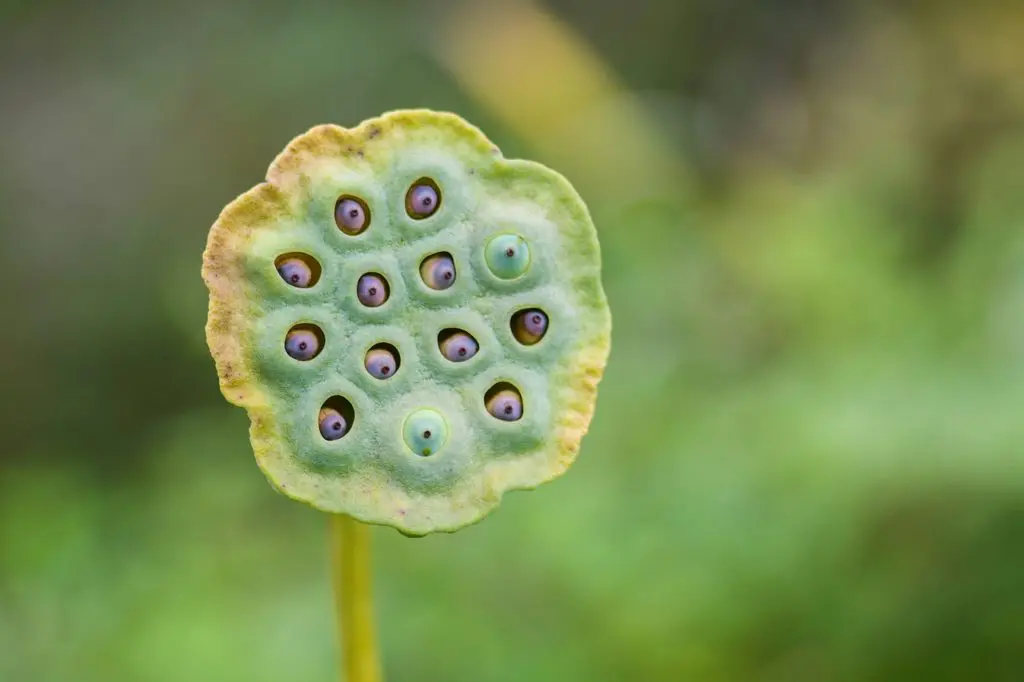The best plants to grow in the UK are corn, garlic, potatoes, different grasses, and a handful of shrubs. It’s worth noting that the UK has a hardiness zone rated 5 to 7a, so the list of plants that you could grow is hardy for the region’s condition. Nonetheless, locations like Aberdeen, UK, have different crops you can cultivate with proper practices and preparation.
The University of Aberdeen offers extension programs to help farmers learn more about highlands gardening. The challenges with planting in the UK include winds, soil drainage, drought, and winter. Like growing in other countries, knowing the plants and practices suitable in the UK dictates your crops’ success.

What Grows Well In the UK?
In the UK, corn, garlic, and potatoes are vegetables that grow well. You might also be interested in grasses and shrubs which are suitable for the country’s weather conditions. It will help if you know the hardiness zone of your location as the UK is rated 5 to 7a.
In general, you can expect a dry climate in the UK. Snowy winters and temperate summers are also typical, but they will still vary per part of the country. The eastern part is USDA zone 5, the centre is in zone 7, and the western is zone 7a.
Best plants in the UK
Corn
The UK provides the ideal climate for corn. However, remember that this crop thrives in full sun, and you should plant the seeds two weeks after the last frost for success. At the same time, ensure proper drainage and fertile soil while watering corn liberally.
Garlic
You can plant garlic in the UK in early spring, and you can harvest them in the summer once the shoots die back. The plants should get full sun with regular watering as well.
Potatoes
Similar to garlic, you can start planting potatoes in the spring to harvest them in summer. You have to check if the soil is workable for them and if it is fast-draining. Make sure that nothing is shading your potatoes and that you keep the ground evenly moist.
Grasses
Grasses like alkali sacaton, little bluestem grass, and maidenhair grass all grow well in the UK. They are great for aesthetic purposes, and the conditions in this region are suitable for them.
Shrubs
The UK grows a lot of shrubs. To give you a complete list, they consist of blue mist shrub, dorr sage shrub, fern bush shrub, four-wing saltbush shrub, fringed sage shrub, little leaf mahogany shrub, pygmy pea shrub, rock spirea shrub, rugosa rose shrub, silver buffaloberry shrub, winter fat shrub, and lead plant shrub. All of these plants have unique colours and looks that make them popular in gardens.
Other than this list, the University of Aberdeen has also mentioned the abundance of different UK crops. They include beets, carrots, eggplant, lettuce, peppers, spinach, squash, Swiss chard, tomatoes, watermelon, and peas. The planting season for these crops vary, but the region can start as early as St. Patrick’s Day for the cool-season plants.
What Plants Grow In Aberdeen?
Aberdeen has 90 to 120 frost-free days annually. Thus, the area can start cool-weather plants early in spring, warm weather vegetables in early May to late spring, and a handful of other crops. It will be better to group your plants so that you can plant them in the same season.
For early spring
Cool-weather vegetables such as broccoli, carrots, cauliflower, celery, cilantro, kale, lettuce, onions, potatoes, radish, and beets are crops that grow in Aberdeen, the UK. You can also start strawberries at this time.
For early May to late spring
Warm weather vegetables ranging from basil, cucumbers, green beans, oregano, parsley, peppers, pumpkin, rosemary, squash, tarragon, thyme, and tomatoes grow well in Aberdeen from early May to late spring.
Other than these edible crops, Aberdeen also grows other beautiful and unique ornamental plants such as arctic poppy, baby’s breath, burning bush, desert bird of paradise, elderberry, lily of the Nile, mimosa tree, Persian silk tree, rose of Sharon, Russian sage, and old-fashioned bleeding heart.
What Flowers Grow In the UK?
As you have previously read, the UK grows a handful of ornamental plants, including flowers. In particular, the UK is suitable for Angelita dairst, blanket flower, California fuchsia, chocolate flower, evening primrose, flax, globemallow, ice plant, Jupiter’s beard, lavender, lavender leaf primrose, moss rose, penstemon, Spanish bayonet, stonecrop, whirling butterflies, and yarrow. You can grow both annual and perennial flowers in the UK.
Gardening Tips For the UK
Site selection
The first tip is to choose a location that will get at least 10 hours of sunlight. At the same time, you want to check the physical and chemical properties of your soil. Some areas around the north-west of the UK have poor drainage, so it’s crucial to improve the site using organic matter beforehand.
Plant selection
As discussed earlier, you can group plants into cold weather and warm weather plants. Once you have your list, check your crops’ hardiness and be suitable with the planting zone of your location. Besides, some crops can be sensitive to heat and that you should never plant them after mid-May.
In general, you can plant hardy crops as soon as the soil is workable in spring. Semi-hardy plants should be at least two to four weeks before frost. And it’s crucial to check cold-sensitive crops and protect them using a polytunnel in addition to planting after the last frost date.
Climate schedule
You can protect plants that are sensitive to the cold using a polytunnel. Refer to Krostrade.com for the proper polytunnel that you can use for your UK’s plants. This way, you can prepare your crops for frost.
In the UK, you can expect a late frost because of the Golfstream. It’s essential to know the frost-free period of your location to determine when to grow frost-tolerant crops. Different plants have different maturity periods, so don’t forget to count the numbers alongside the frost-free period.
Watering
Another simple tip is using drip irrigation to prevent drought. Thepolytunnelalso offers this advantage, but proper techniques and scheduling will also help you with watering. The precipitation and humidity in the area will also play a role in how much watering you should do.
Conclusion
The hardiness zone in the UK is from 5 to 7a. Therefore, the best plants to grow in the UK are corn, garlic, potatoes, different grasses, and a handful of shrubs. Besides, the BBC mentioned growing beets, carrots, eggplant, lettuce, peppers, spinach, squash, Swiss chard, tomatoes, watermelon, and peas as well.
One of the challenges that you can expect in the UK is the frost. This is because the Golfstream that can cause late frost. Using a polytunnel can help you protect your crops from this extreme condition, alongside the previous gardening tips discussed.






